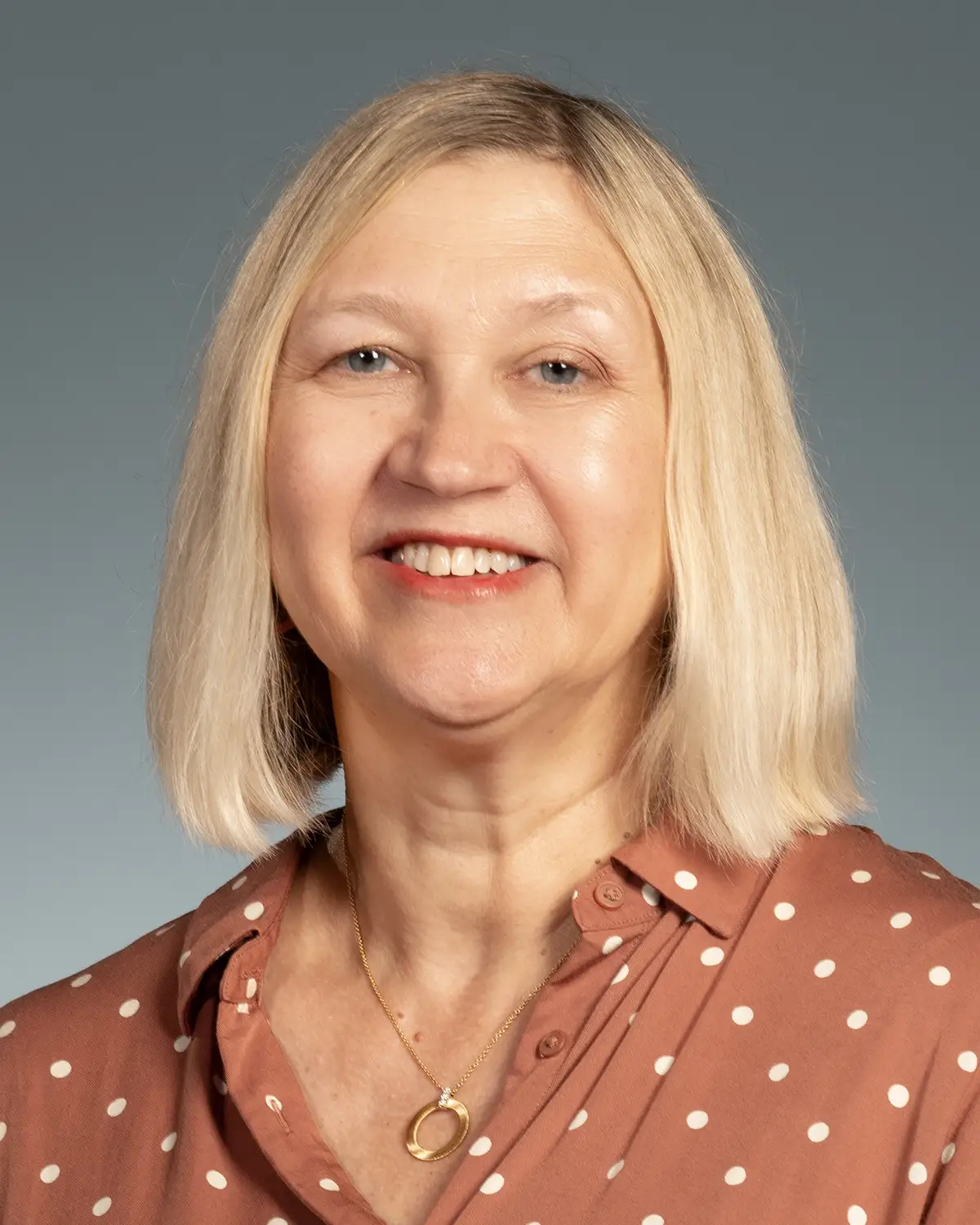We all vary across wide spectrums—our social abilities, communication styles, physical
coordination, and even things like basketball skills. In health care, we draw lines
on that spectrum to indicate what is “typical" and "not typical"—but we all have strengths,
weaknesses, and stressors that we’re managing.
Neurodiversity now includes diagnoses like dyslexia, dysgraphia, and dyscalculia,
which are cognitive profiles each linked to unique capacities. These differences reflect
the value of cognitive biodiversity: humanity benefits from varied ways of thinking,
and not everyone should approach problems or see the world in the same way.
Recognizing neurodivergent thinking as a strength allows health care’s focus to shift from simply managing deficits to supporting individuals
in reaching their full potential and living healthy, fulfilling lives beyond the limits
of the traditional medical model.


